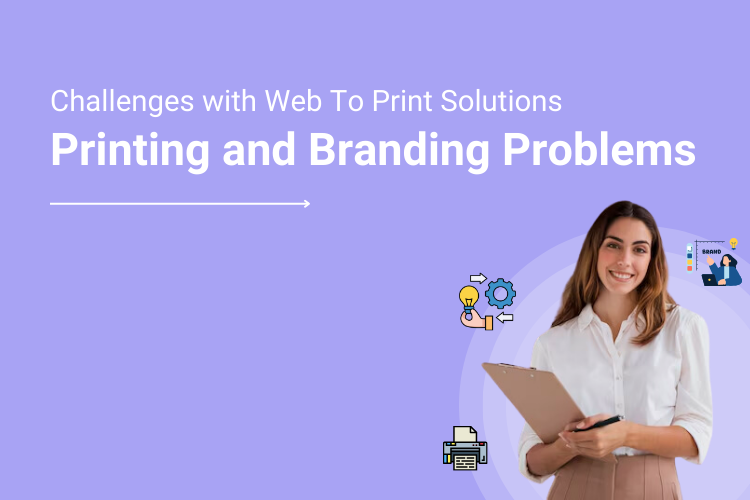The corporate printing market is the segment of the printing industry that caters to the needs of businesses and organizations. It involves the production of various printed materials, such as documents, reports, brochures, promotional materials, and other business-related materials. A substantial market, experiencing steady growth over the years, there has been an increasing demand for printed materials in businesses across various sectors contributing to market expansion.
In the digital day and age that we live in, the corporate printing market itself has undergone significant digital transformation, with traditional print services being complemented by digital solutions. Many companies now opt for digital printing, which offers advantages like faster turnaround times, variable data printing, and cost-effective short print runs.

Many businesses are opting to outsource their printing needs to specialized service providers or adopting managed print services that allow companies to focus on their core competencies while benefiting from cost savings, expertise, and streamlined print workflows.
The corporate printing market is highly competitive, with numerous players ranging from large printing companies to smaller local providers. Print service providers differentiate themselves by offering specialized services, superior quality, competitive pricing, and excellent customer support.
However, the market faces challenges such as increased digitalization reducing the demand for printed materials, price pressures, and the need to adapt to changing customer preferences and emerging technologies. Yet, the market continues to evolve and adapt to meet these challenges.
Understanding the distinctions between business-to-consumer (B2C) and corporate print consumers is crucial for print service providers and businesses operating in the printing industry. Building strategies based on these distinctions between B2C and corporate print consumers enables businesses to effectively target their marketing efforts, align their product offerings, develop appropriate pricing strategies, tailor their services, stay abreast of industry trends, and build strong customer relationships.
This understanding ultimately contributes to improved customer satisfaction, increased business opportunities, and sustainable growth in the printing market.
Why are B2B and Corporate Clients are more attractive and profitable for printers ?
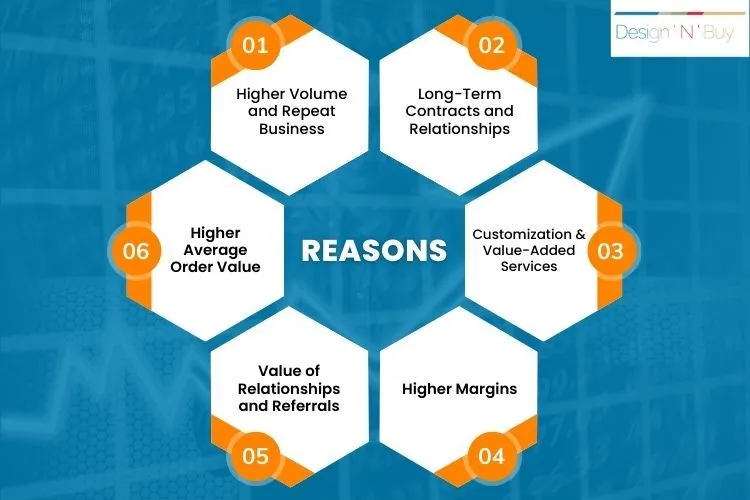
Did you know that B2B (business-to-business) and corporate clients are often considered more attractive and profitable for printers due to several reasons? Some of them are-
1. Higher Volume and Repeat Business:
The clients typically have higher print volume needs compared to individual consumers. This translates into more substantial and consistent business for printers, leading to higher revenue potential.
2. Long-Term Contracts and Relationships
The clients often establish long-term relationships with printers, entering into contracts or preferred supplier agreements. These relationships provide a stable customer base and regular business, reducing the need for printers to constantly acquire new customers.
3. Customization and Value-Added Services
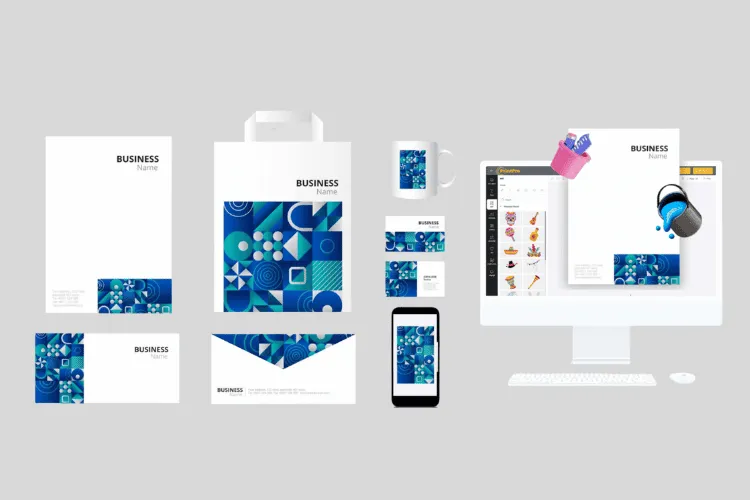
B2B and corporate clients require customized print materials to align with their brand guidelines and specific marketing strategies, which is an opportunity for printers to offer value-added services such as variable data printing, personalization, and specialized finishes.
4. Higher Margins
They are generally more willing to pay premium prices for quality and reliable printing services. They prioritize factors such as consistency, accuracy, and timely delivery.
5. Value of Relationships and Referrals
Satisfying their printing needs consistently can lead to positive word-of-mouth referrals within the business community, resulting in potential new business opportunities for printers.
6. Higher Average Order Value
Due to their larger print volume needs, B2B and corporate clients tend to have higher average order values compared to individual consumers. This means that printers can achieve higher revenue and profit per transaction, making these clients more financially attractive.
It’s important to note that while B2B and corporate clients can be more profitable, they often have specific requirements, demanding customer service expectations, and competitive pricing considerations. Printers need to understand and meet these demands effectively to maintain their profitability and retain these valuable clients.
Common Printing Challenges Faced by Corporate Clients
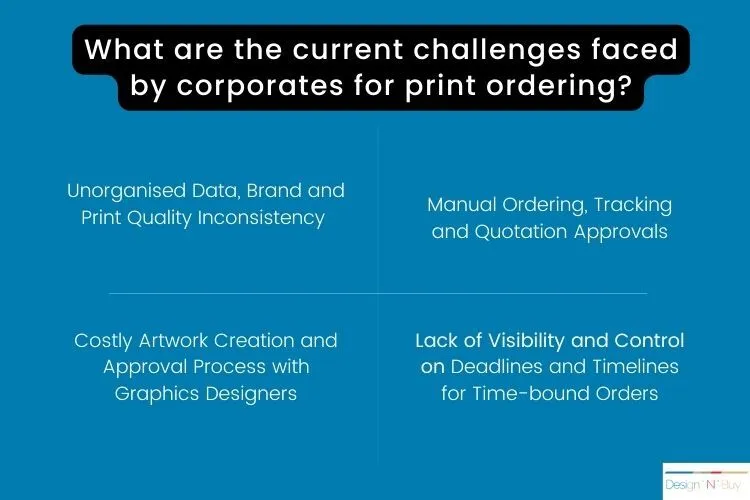
Despite the surge, corporate clients face several challenges when placing orders for their own print requirements as well as for their employees. Some of these challenges include:
Complex Ordering Processes

B2B customers often have larger and more complex print requirements, which can involve multiple print materials, quantities, and specifications. Managing these complexities and ensuring accurate ordering can be challenging, especially if the client lacks a streamlined process or if multiple stakeholders are involved in the decision-making.
Brand Consistency
Ensuring consistent branding elements, color accuracy, and quality can be challenging, particularly when different print orders are placed by various employees or departments within the organization.
Approval Processes

B2B clients often have internal approval processes in place for print orders. These processes involve multiple stakeholders who need to review and approve the artwork, specifications, and pricing before the order is placed. Coordinating these approvals and managing any revisions or changes can be time-consuming and may cause delays in the order placement.
Cost Management
B2B customers often have budget constraints and need to manage costs effectively while fulfilling their print requirements. Balancing cost considerations with quality expectations and meeting deadlines can be challenging.
Inventory Management

Accurately forecasting the required quantities, avoiding overstocking or stockouts, and managing reordering processes can be challenging, particularly for materials with fluctuating demand.
Compliance and Regulatory Requirements
Ensuring that the print orders meet specific compliance or regulatory requirements for their printed materials such as legal disclaimers, industry-specific labelling, or privacy regulations, can be challenging and may require close collaboration with the printer to ensure compliance.
Addressing these challenges requires effective communication, streamlined processes, close collaboration with the printing provider, and leveraging technology solutions such as online ordering portals or print management systems. By overcoming these challenges, B2B corporate clients can ensure smooth order placements, consistent quality, cost-effective print solutions, and efficient fulfillment of their print requirements.
How having a Separate B2B Web To Print Store help These Corporate Client
Print service providers can address these challenges and solve them by providing private B2B stores. Having a separate B2B web-to-print store can provide several benefits for corporate clients in managing their print requirements. Here’s how it can help:
1. Customized User Experience
A dedicated web-to-print store allows corporate clients to have a customized and tailored user experience specific to their needs. The store can be designed with features and functionalities that cater to the unique requirements of corporate clients, such as personalized branding options, specific product offerings, and pricing structures relevant to their organization.
2. Streamlined Ordering Process
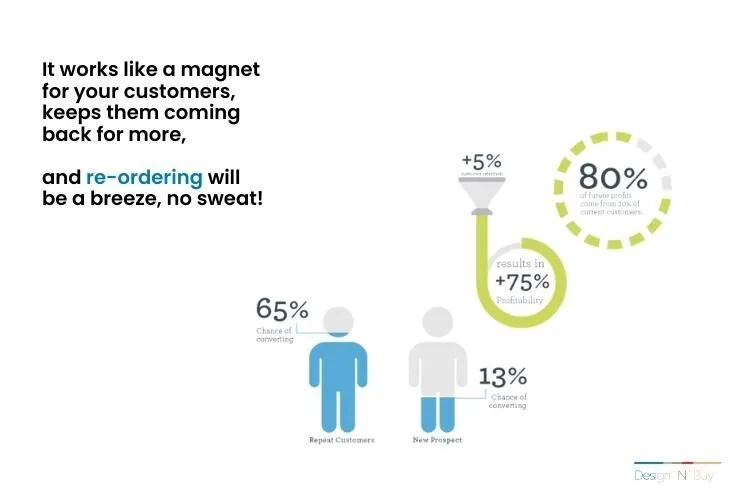
A B2B web-to-print store can provide a streamlined ordering process for corporate clients. It can offer an intuitive interface where clients can easily navigate, select the desired print products, customize them according to their branding guidelines, and place orders efficiently. This eliminates the need for manual order processing and reduces the potential for errors or miscommunications.
3. Brand Control and Consistency
A separate B2B web-to-print store allows corporate clients to maintain control over their brand and ensure consistency across all printed materials. They can upload and manage their approved templates, fonts, logos, and other branding assets, enabling employees to customize and order print materials while adhering to brand guidelines. This ensures that the final printed products reflect the desired brand image consistently.
4. Approval Workflows
A dedicated B2B web-to-print store can integrate approval workflows into the ordering process. This allows corporate clients to establish a review and approval system within their organization, ensuring that print orders are authorized by relevant stakeholders before they are submitted.
5. Centralized Management

A B2B web-to-print store serves as a centralized platform for managing print requirements within an organization. Centralized job and order management feature provide a single location where corporate clients can access their order history, manage templates, track shipments, and view real-time inventory levels. This centralized approach enhances efficiency and simplifies the print procurement process for the organization.
By offering a separate B2B web-to-print store, printing companies can provide corporate clients with a tailored, user-friendly, and efficient platform to manage their print requirements. Web-to-print solutions play a crucial role in enabling print service providers (PSPs) to offer personalized print products tailored to each B2B client’s needs. These solutions often include digital asset management capabilities. PSPs can then provide easy access to these assets for clients to incorporate into their personalized print products, ensuring consistency and efficiency.
More so, Web-to-print solutions can integrate with customer relationship management (CRM) systems and marketing automation platforms. This integration enables PSPs to leverage client data and marketing campaigns to personalize print products. B2B clients can create print materials that complement their digital marketing efforts and seamlessly integrate them into their overall marketing strategy. Here’s everything you need to know about digital marketing for your printing business.
Creating B2B and B2C Print Shops with our Web To Print Software
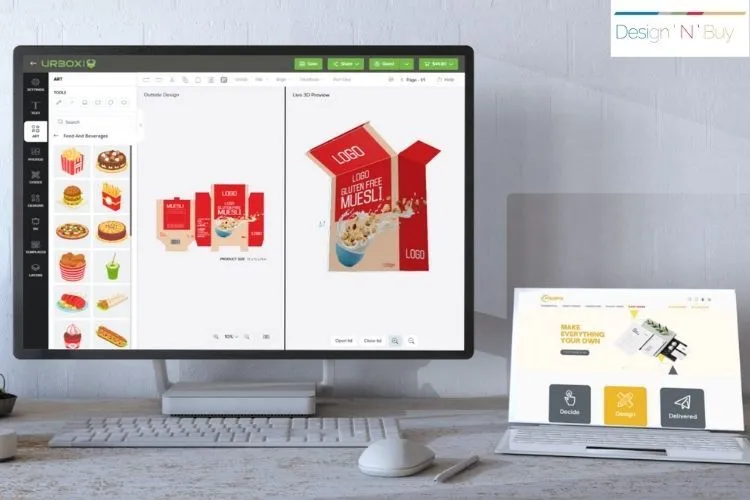
By leveraging web-to-print software solutions, PSPs can offer B2B clients a user-friendly platform to personalize and customize their print products. This enhances the client’s ability to create tailored marketing materials, maintain brand consistency, and engage with their target audience effectively. The flexibility and convenience provided by web to print solutions contribute to a more efficient and personalized print procurement process for B2B clients.
The print industry is undergoing significant changes, and businesses that resist digital transformation risk becoming obsolete. By continuously adapting, PSPs can stay ahead of the curve, future-proof their businesses, and position themselves as industry leaders in the evolving print landscape. Adapting to digital transformation and continuously evolving to meet client expectations are vital for PSPs to thrive in the modern printing industry. It enables PSPs to remain competitive, enhance customer experiences, improve operational efficiency, adapt to market trends, offer value-added services, and future-proof their businesses. By embracing digital transformation, PSPs can unlock new opportunities for growth and success in the evolving print market.
In the corporate printing market, web-to-print is highly relevant due to its ability to streamline and simplify the print procurement process for businesses. It simplifies the ordering process, enhances brand consistency, reduces costs, and improves overall productivity. Leveraging web-to-print software empowers PSPs to enhance growth, expand their market reach, improve operational efficiency, and provide a superior customer experience. By embracing this technology, PSPs can differentiate themselves in the market, drive business success, and position themselves as leaders in the evolving print landscape.
To conclude, we can say that the corporate printing market remains a vital industry, despite the digital transformation and changing business landscape. As long as businesses require printed materials for various purposes, the demand for corporate printing services will persist, albeit with an increasing emphasis on customization, sustainability, and digital integration.
Contact our web2print experts today to learn more about our offerings. Discover how we can gear your printing business for success.
*This Post has been Updated on January 2025.

